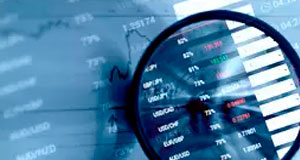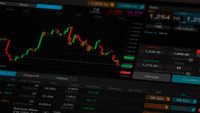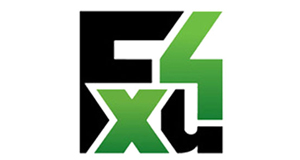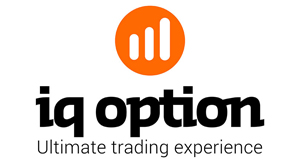 If Russia and Ukraine are able to finalize a peace agreement, the US dollar may experience a moderate adjustment soon. However, at present, there are no strong negative factors driving the dollar down, so it could continue its upward trend today. The Reserve Bank of Australia (RBA) reduced interest rates as anticipated, yet the Australian dollar is gaining from a more hawkish stance on future rate cuts.
If Russia and Ukraine are able to finalize a peace agreement, the US dollar may experience a moderate adjustment soon. However, at present, there are no strong negative factors driving the dollar down, so it could continue its upward trend today. The Reserve Bank of Australia (RBA) reduced interest rates as anticipated, yet the Australian dollar is gaining from a more hawkish stance on future rate cuts.
In our assessment for this week, we believe that the dollar’s decline has reached its limits, and we are inclined to pursue a rebound against other G10 currencies. While there is some potential for a short-term risk-on/dollar-off reaction following a peace deal, current market sentiments mostly reflect that expectation, and it’s uncertain if it will effectively mitigate long-term geopolitical risks.
Attention today will be on developments from US-Russia discussions about Ukraine. Unless significant breakthroughs occur, the optimistic sentiment might wane soon, allowing the dollar to reclaim some strength. Positioning data indicates that dollar longs are becoming slightly less extreme, hovering around a seven-week low, yet still above 20% of open interest.
This week’s macroeconomic indicators are likely to play a limited role, apart from the forthcoming FOMC minutes. The Empire Manufacturing index and TIC flows from the US are expected to have minimal impact on the markets.
In Europe, discussions about a joint defense spending fund among EU leaders, prompted by President Trump’s military support concerns, are unlikely to strengthen local currencies. The eurozone’s lack of readiness against economic repercussions from US tariffs underpins our pessimistic outlook for the euro. The market anticipates a -75bp movement from the European Central Bank by year’s end, but we predict four additional cuts to reach 1.75%.
The EUR/USD has largely negated the negative risk premium connected to US tariffs, but ongoing negotiations between Ukraine and Russia might counterbalance these threats in the FX market. However, the tariffs are still likely to pose risks to the ECB, economy, and euro value, leading us to foresee a lower EUR/USD, targeting 1.02 by the quarter’s end.
The RBA’s rate cut this morning, its first in four years, aligned with market expectations. Accompanied by hawkish remarks from Governor Bullock, focusing on inflation risks, the Australian dollar has managed to offset the dollar’s recovery to some extent. Despite this, market expectations for only one rate cut from the RBA this year seem overly optimistic, given AUD’s vulnerability to trade dynamics and risk sentiment.
We maintain our forecast of hitting 0.62 in AUD/USD by the end of March, with additional downside risks anticipated as US protectionism intensifies in subsequent quarters.
In the Central and Eastern European (CEE) region, today’s agenda appears light, but the ongoing dialogue regarding a Ukraine deal will remain a vital market driver, particularly with the meeting of US and Russian representatives in Saudi Arabia. Hungary’s annual Fidesz party conference kicks off today, where fiscal strategies for this and next year may be unveiled ahead of the general election.
The US market was closed yesterday, and CEE regional currencies showed little movement at the week’s start. After an initial rise in response to higher EUR rates, Czech rates fell slightly, and Hungary experienced a decrease as well.












